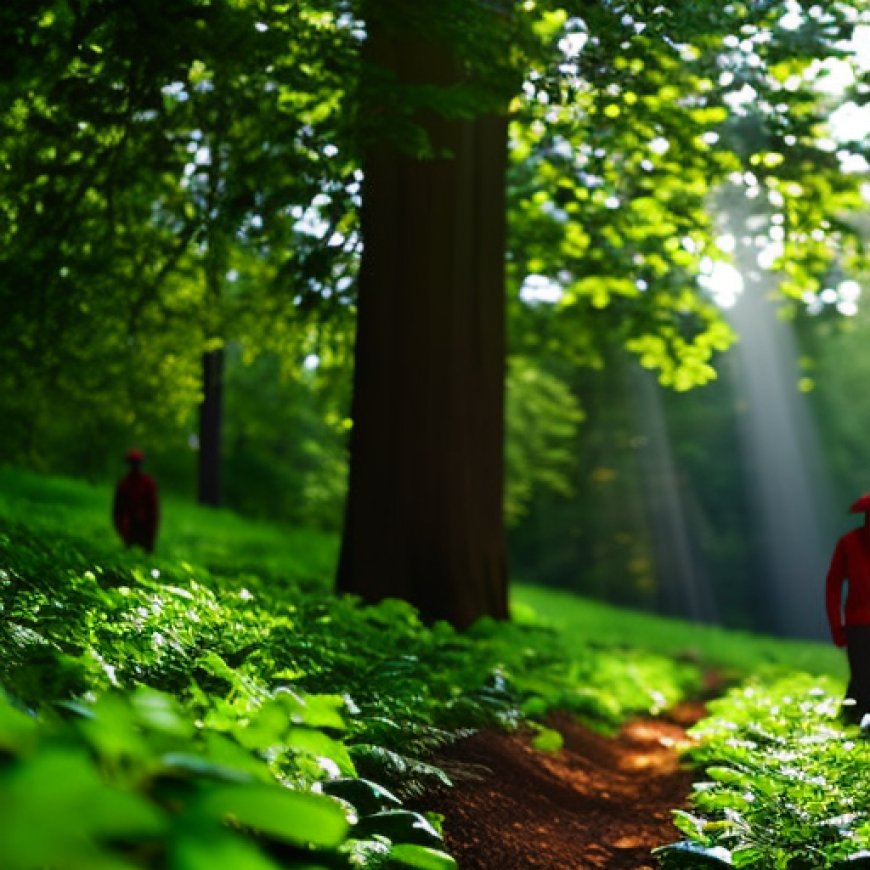Finding the People’s Tree | US Forest Service
Finding the People's Tree | US Forest Service USDA Forest Service


Monongahela National Forest Selected to Provide U.S. Capitol Christmas Tree
Out of thousands of trees, only one gets selected and named the People’s Tree each year.
The Monongahela National Forest, however, has a special history with the U.S. Capitol Christmas Tree, as it was the first national forest selected to provide the People’s Tree in 1970. Six years later, the Monongahela was asked again to provide the nation’s Bicentennial People’s Tree in 1976.
Forty-seven years later, the honor is brought back to the deep woods and high altitudes of West Virginia.
Selection Process
- Must be between 60-80 feet
- Must be full, conical in shape, and present well from all angles
- Be in a location accessible to vehicles
The staff’s search to find a tree worthy of adorning the west lawn of the U.S. Capitol this holiday season included the following criteria:
- Must be between 60-80 feet
- Must be full, conical in shape, and present well from all angles
- Be in a location accessible to vehicles
Two species met the requirements and were the focus of the search – the native red spruce and the introduced Norway spruce – both evergreens that dominate most of the Monongahela’s higher altitudes.
Final Selection
The culmination for this final selection took months of preparation as forest personnel and volunteers traversed over thousands of acres of forest land photographing, annotating location coordinates, and dictating height measurements for hundreds of trees.
After careful consideration, the Monongahela’s third People’s Tree was selected – a 63-foot Norway spruce from the Greenbrier Ranger District, which is even more fitting that the 1970 tree was also a Norway spruce from the same ranger district.
Transportation and Display
Once the tree is harvested in the fall, it will be transported by a large truck and accompany an interpretive display that will visit many towns throughout West Virginia before arriving at the U.S. Capitol.
“Following the selection, our talented team at the Architect of the Capitol’s office starts working its magic with lights and ornaments once the tree arrives safely in Washington D.C.,” said Kaufmann.
SDGs, Targets, and Indicators
1. Which SDGs are addressed or connected to the issues highlighted in the article?
- SDG 15: Life on Land – The article discusses the selection and harvesting of trees from the Monongahela National Forest for the U.S. Capitol Christmas Tree, highlighting the importance of forests and their conservation.
- SDG 11: Sustainable Cities and Communities – The article mentions that the selected tree will be transported to Washington D.C. and adorned with lights and ornaments for display at the U.S. Capitol, contributing to the festive atmosphere and community engagement.
2. What specific targets under those SDGs can be identified based on the article’s content?
- SDG 15.2: By 2020, promote the implementation of sustainable management of all types of forests, halt deforestation, restore degraded forests, and substantially increase afforestation and reforestation globally – The selection and harvesting of trees from the Monongahela National Forest for the U.S. Capitol Christmas Tree program aligns with the goal of sustainable forest management.
- SDG 11.4: Strengthen efforts to protect and safeguard the world’s cultural and natural heritage – The transportation and display of the U.S. Capitol Christmas Tree at the U.S. Capitol contributes to the cultural heritage and festive traditions of the country.
3. Are there any indicators mentioned or implied in the article that can be used to measure progress towards the identified targets?
- Indicator for SDG 15.2: Proportion of forest area protected or under sustainable management, by forest type – The selection and harvesting of trees from the Monongahela National Forest for the U.S. Capitol Christmas Tree program can be considered as an indicator of sustainable management practices in the forest.
- Indicator for SDG 11.4: Number of World Heritage sites – While not explicitly mentioned in the article, the U.S. Capitol can be considered a cultural heritage site, and the display of the U.S. Capitol Christmas Tree contributes to its cultural significance.
Table: SDGs, Targets, and Indicators
| SDGs | Targets | Indicators |
|---|---|---|
| SDG 15: Life on Land | SDG 15.2: By 2020, promote the implementation of sustainable management of all types of forests, halt deforestation, restore degraded forests, and substantially increase afforestation and reforestation globally | Proportion of forest area protected or under sustainable management, by forest type |
| SDG 11: Sustainable Cities and Communities | SDG 11.4: Strengthen efforts to protect and safeguard the world’s cultural and natural heritage | Number of World Heritage sites |
Behold! This splendid article springs forth from the wellspring of knowledge, shaped by a wondrous proprietary AI technology that delved into a vast ocean of data, illuminating the path towards the Sustainable Development Goals. Remember that all rights are reserved by SDG Investors LLC, empowering us to champion progress together.
Source: fs.usda.gov

Join us, as fellow seekers of change, on a transformative journey at https://sdgtalks.ai/welcome, where you can become a member and actively contribute to shaping a brighter future.







